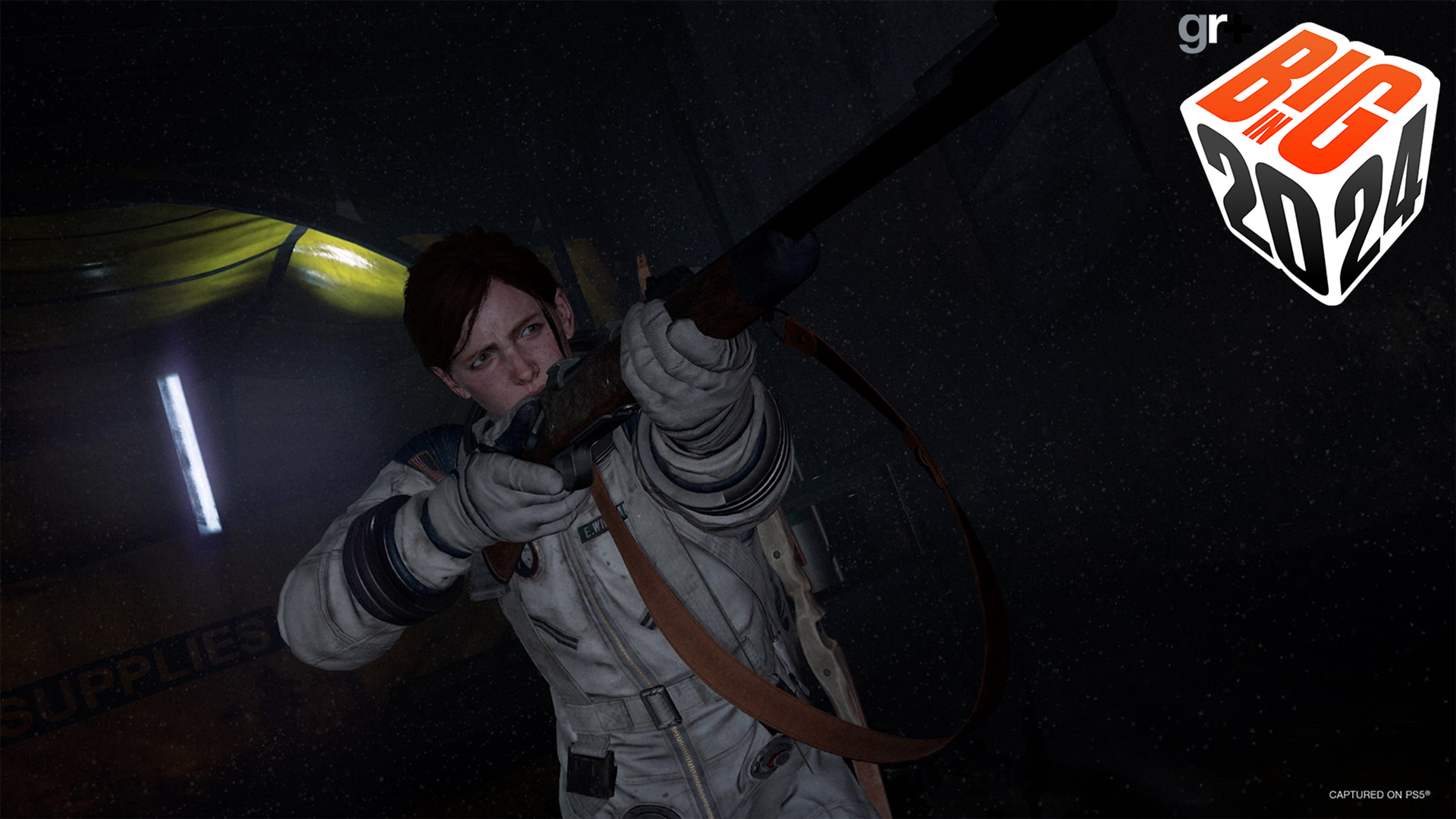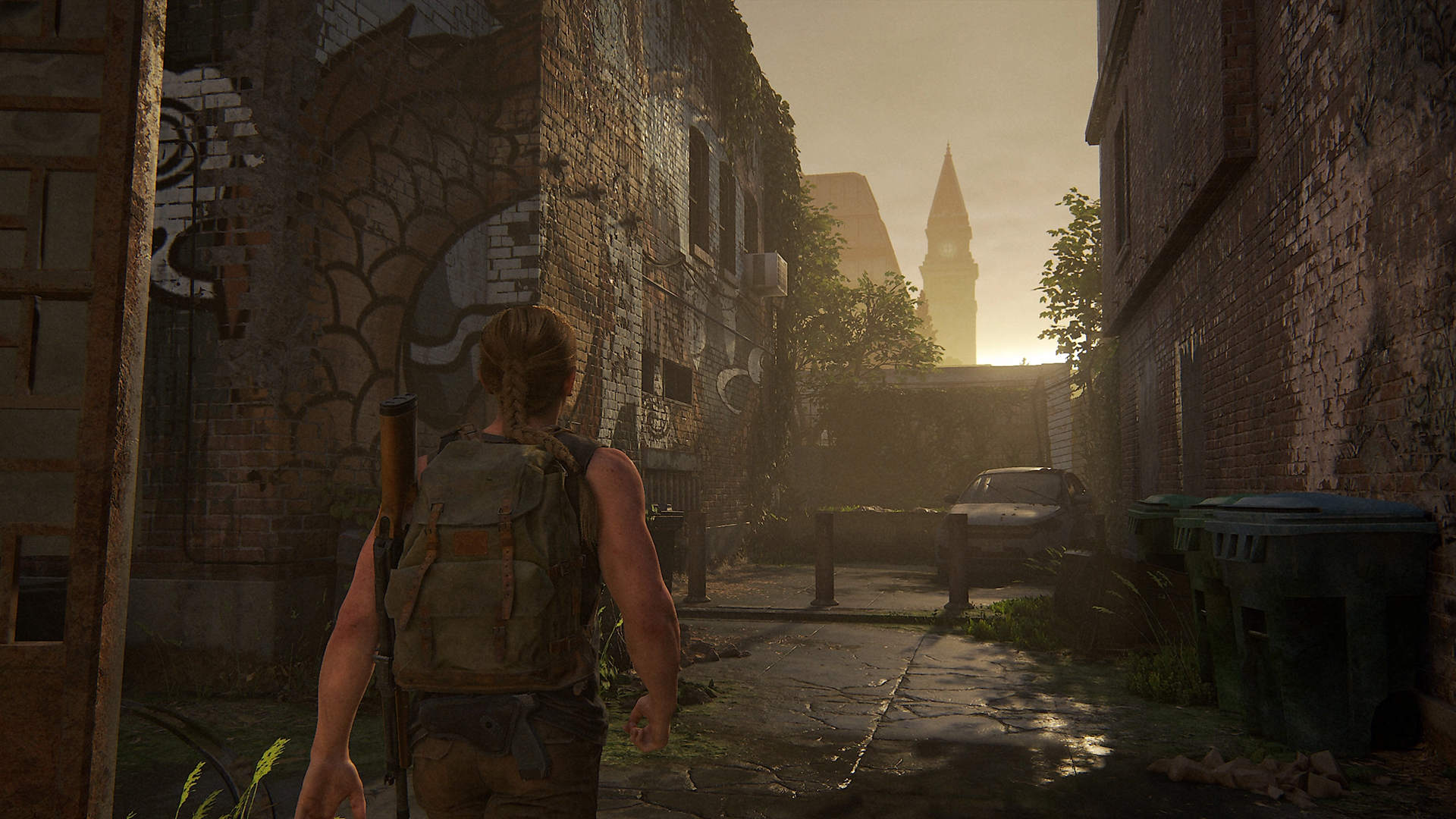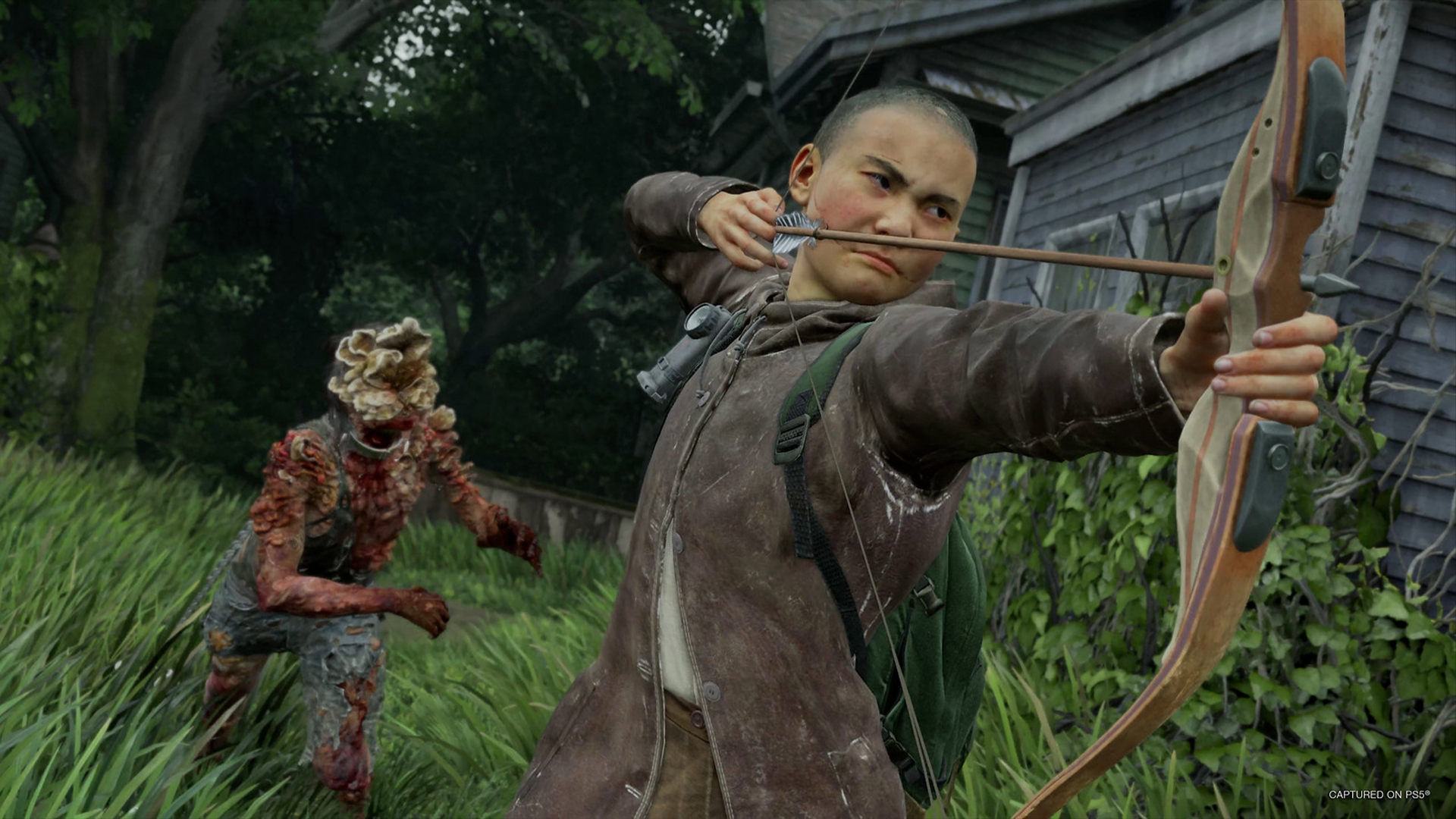
The Last of Us 2 Remastered is not your traditional remaster. Even its roguelike mode bucks the trend. To my mind, this is a genre defined by a 'pea-shooter to power-fantasy' curve – ideally, from a rough start, you'll see the tools and upgrades you gather come together throughout a run to let you sweep aside any challengers. But The Last of Us Part 2 is not a power fantasy, and its roguelike mode is no exception. Whether that's enough to justify this remaster's existence, however, remains to be seen.
The roguelike mode, No Return, is far and away the headliner of this new offering. It lifts your choice of characters from much of the game's central cast and places them in a series of combat arenas. Each character has a slightly different playstyle – Abby is granted a burst of healing after every melee kill, but Lev is a stealth-based archer. Tommy goes loud at long range with his signature rifle, while the likes of Ellie and Manny have fewer tools to play with at the start of the game. As you progress through each encounter – thinning out the ranks of Infected, WLF soldiers, or Seraphites coming after you – you'll gain resources that can be spent on new weapons, recipes, and upgrades as you approach the final boss.
GamesRadar+ is exploring the most anticipated video games of the year with Big in 2024, with new articles dropping every day throughout January.
Game director Matthew Gallant describes No Return as something of an "arcade mode" for The Last of Us Part 2 Remastered. Far from a description of tone, however – No Return remains just as grounded as the original game – that's a note on how No Return is "consciously decoupled" from Naughty Dog's narrative canon. "We spent a lot of time on the original game really tightly coupling what was happening mechanically and what was happening in the combat so that you were carried on this journey, and you were feeling what that character was feeling. We knew we couldn't impart that same narrative connection in this mode."
Grounded

That narrative is, of course, found in the main story of The Last of Us 2 Remastered, which has been given a visual overhaul. While it might be missing from No Return, the intensity of The Last of Us Part 2's combat remains ever present. One developer has already warned players that the roguelike is "not recommended for weak hearts" due to how "stressful" this permadeath spin is.
That stress is entirely by design. Gallant points out how No Return is, in part, designed with the The Last of Us' combat experts in mind, forcing them to reconsider aspects of the game they might think they know by heart. "If you're someone who really loves the combat," he says while explaining the design inspiration behind the mode, "you're pretty limited in what you can do once you've finished the game.
You can go back and replay the encounters, but at a certain point you will play those encounters every way they can be played and you'll have optimized your strategies around them." With No Return, Naughty Dog wants to shake those players up," to shock them, to make them think on their feet, to choose strategies or items or weapons that maybe they didn't use as much when they played the story."
Look to the Light

But this game is not just its roguelike mode - it's the re-release of a story that's not yet four years old, and there have been questions about how necessary a remaster is. In response to that, Gallant suggests the sheer volume of content available in this enhanced version will draw all kinds of players in: "I think there's going to be a lot of players who are interested in the next-gen tech upgrade, he says. "For players for whom that isn't a draw, that's where we have this kind of smorgasbord of other features that I think different people are going to be drawn to."
Sign up to the GamesRadar+ Newsletter
Weekly digests, tales from the communities you love, and more
That includes the Lost Levels - three missions cut from the original game but now playable in their pre-release state. It includes developer commentary attached to both that cut content and the main game "Even for the music lovers out there, we have a guitar free-play mode," he adds. "So overall there's a lot of different things that I think will find different audiences, and hopefully everyone finds something that they like."
And the story itself remains its own "incredible" draw. Whether players are returning to it for the first time in years, or coming to the game for the first time, Gallant says "I think they'll find it's a rich story with lots of detail, and it's well worth replaying."
No matter how much extra content it hosts, however, the timeline would likely have meant The Last of Us 2 Remastered remained a tricky sell, were it not for its very reasonable $10 upgrade path. No Return alone seems worth that price of admission, and with the Lost Levels, the Guitar Free Play, and developer commentary on top of the visual overhaul, returning fans of all stripes are likely to find something to warrant at least one replay. For me, someone who saw the merit in what Naughty Dog had created but could find little joy in its story, the remaster seems to be a way back into this world - a deeply effective realization of how players can have their impression of a game expanded by a new perspective.
RELATED: The Last of Us 2 Remastered is one of the six PS5 exclusives that should be on your radar in 2024 – click the link to discover the rest.

I'm GamesRadar's news editor, working with the team to deliver breaking news from across the industry. I started my journalistic career while getting my degree in English Literature at the University of Warwick, where I also worked as Games Editor on the student newspaper, The Boar. Since then, I've run the news sections at PCGamesN and Kotaku UK, and also regularly contributed to PC Gamer. As you might be able to tell, PC is my platform of choice, so you can regularly find me playing League of Legends or Steam's latest indie hit.



